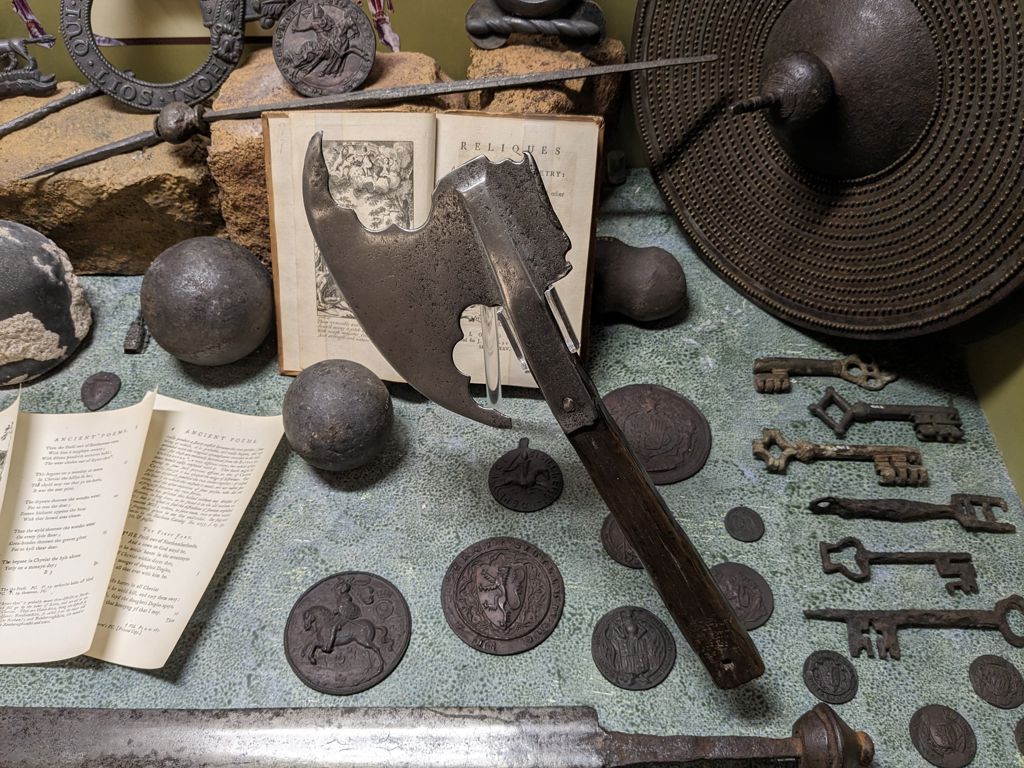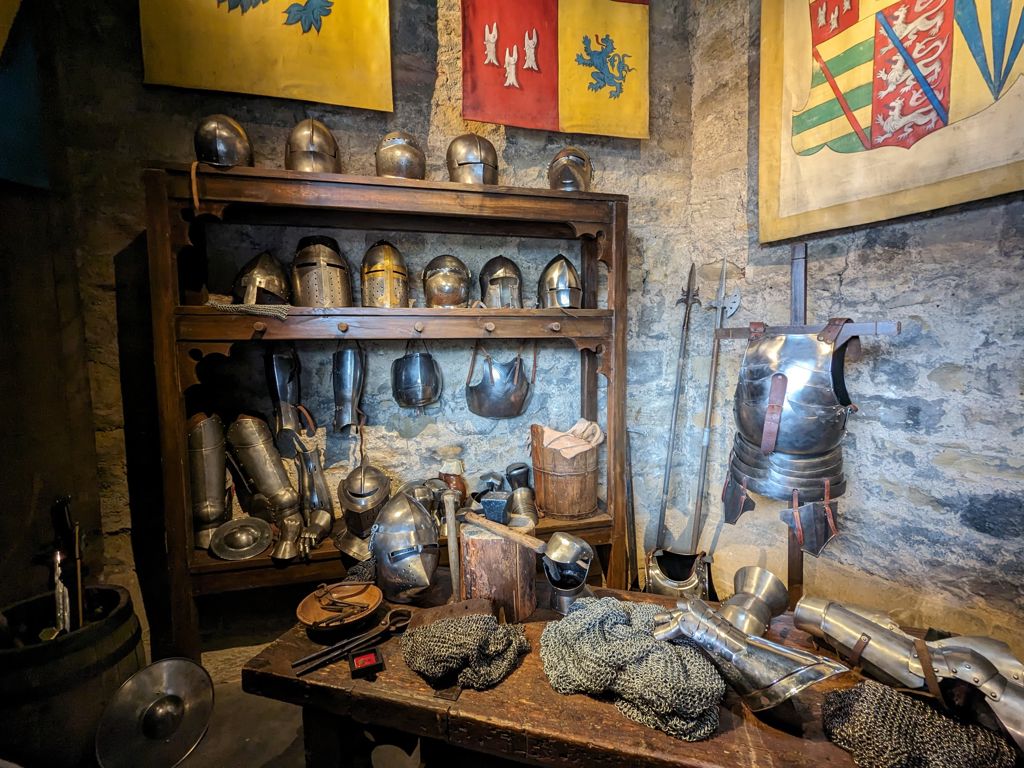Alnwick Castle

Alnwick Castle is located in the town of Alnwick, Northumberland, England. It is an iconic mediaeval fortress steeped in history and heritage. Founded shortly after the Norman Conquest in the 11th century, it has been the ancestral seat of the Earls and later Dukes of Northumberland, for over 700 years.
Click here to watch our video exploring Alnwick Castle and discover its history.
- Region
- North East, England
- Period
- 11th Century
- Type
- Norman Castle
- Condition
- Intact
- Ownership
- Private
- Access
- Public - Admission Charge
Early History
In 1093, King Malcolm III of Scotland launched an invasion into England with the purpose of reclaiming the Northumberland territory that was being contested between England and Scotland. On 13 November, he reached Alnwick where a wooden castle stood, built by Gilbert de Tesson under the authority of William I. Alnwick was besieged by the Scottish, in a conflict that became known as the Battle of Alnwick.
In response to the attack Robert de Mowbray, the Earl of Northumbria, stationed at Bamburgh, led his forces northward and engaged the Scottish army in a surprise attack. The Scottish army was defeated and Malcolm III was killed
In 1095, Mowbray and de Tesson staged a rebellion against William II in an attempt to put Stephen of Aumele on the throne. However, the rebellion was unsuccessful, leading to the return of Alnwick Castle to the Crown, de Tesson losing his lordship of Alnwick, and Mowbray being imprisoned.
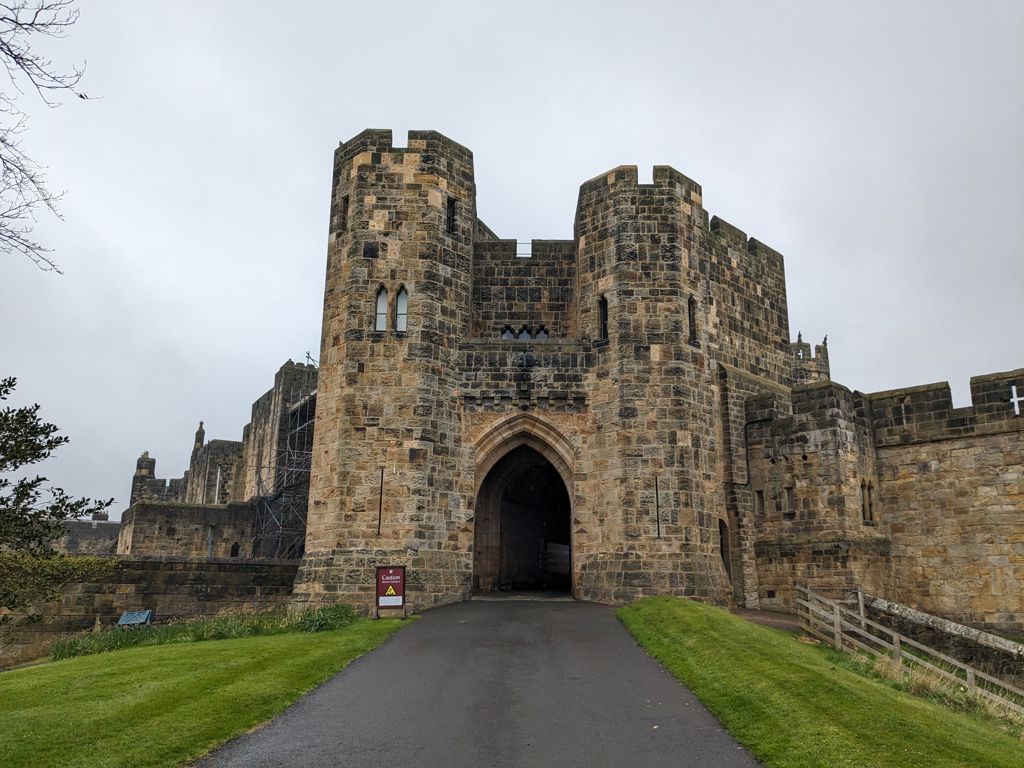
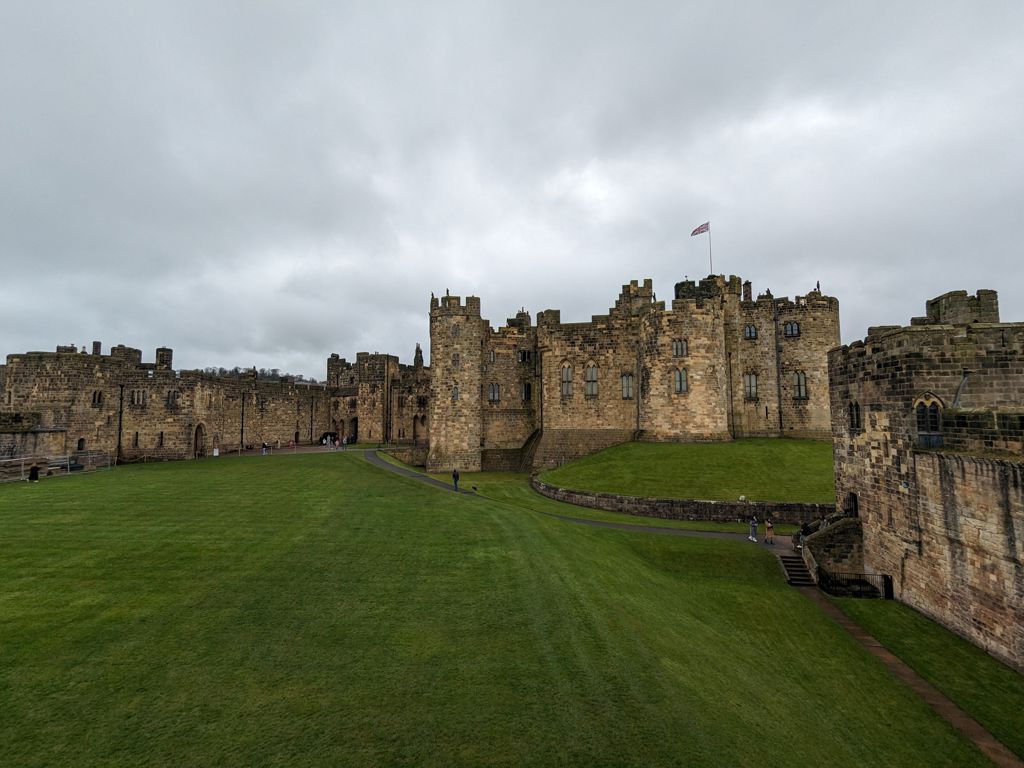
Stone Transformation
In 1096 the lands and lordship of Alnwick were given by William II to Ivo de Vesci (also spelt Yvo de Vescy). He immediately went about rebuilding the castle in stone which was continued by Eustace fitz John, his son in law, married to Beatrix de Vesci (Ivo’s daughter). Unlike most of the Norman square keeps in England at the time, the keep at Alnwick was circular and was made up of several towers that surrounded a courtyard.
Encircling the keep were the inner and outer baileys which were then enclosed by the curtain wall which still stands today with most of its original stonework.
2nd Battle of Alnwick
During his reign as king from 1154-1189, Henry II (Matilda’s son) set out to reclaim the land England had previously lost around the border with Scotland. In 1173 the Scottish King William IV, known as William the Lion, invaded England, attacking the northern castles including Alnwick.Owing to its strong defences, the castle held out and the invasion failed, but just one year later another attempt to take the castle was made. This also failed and William the Lion was captured.
Through his marriage to Beatrix, Eustace went on to become the owner of Alnwick Castle. During the Anarchy of 1135-1154. This was a period of civil war that followed the death of Henry I and when King Stephen seized the throne over the preferred successor Empress Matilda. Eustace handed over Alnwick Castle to King David I of Scotland who was supporting Matilda’s claim, but David’s army was defeated by Stephen at The Battle of Standard and Alnwick Castle was returned back to Eustace.
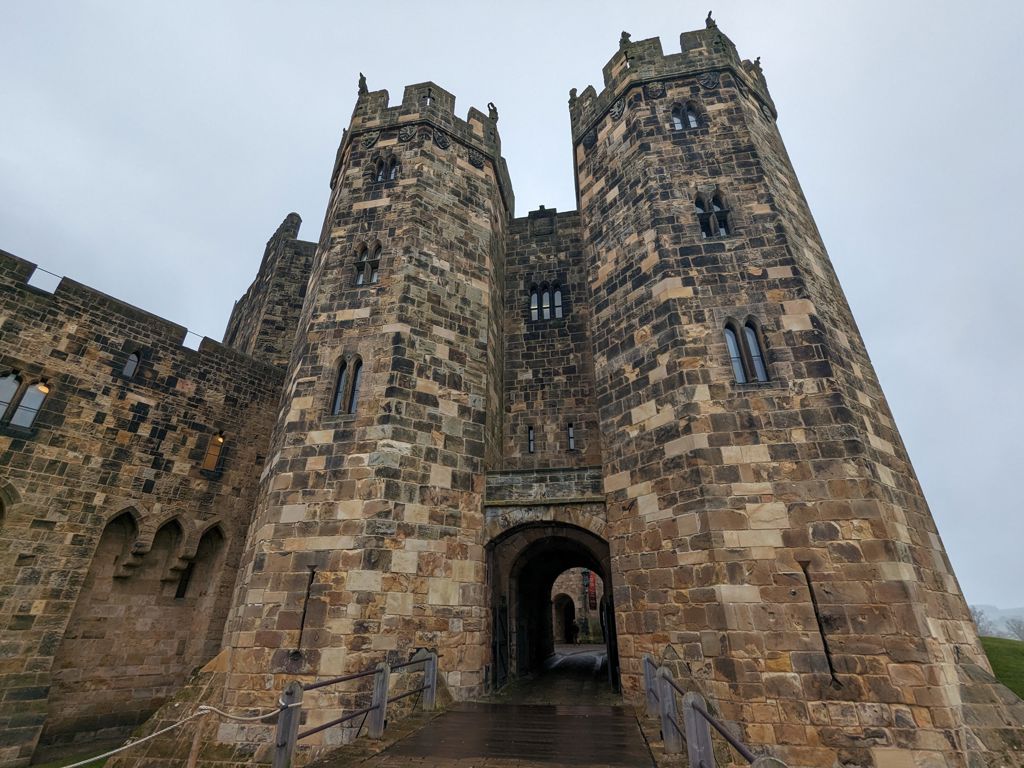
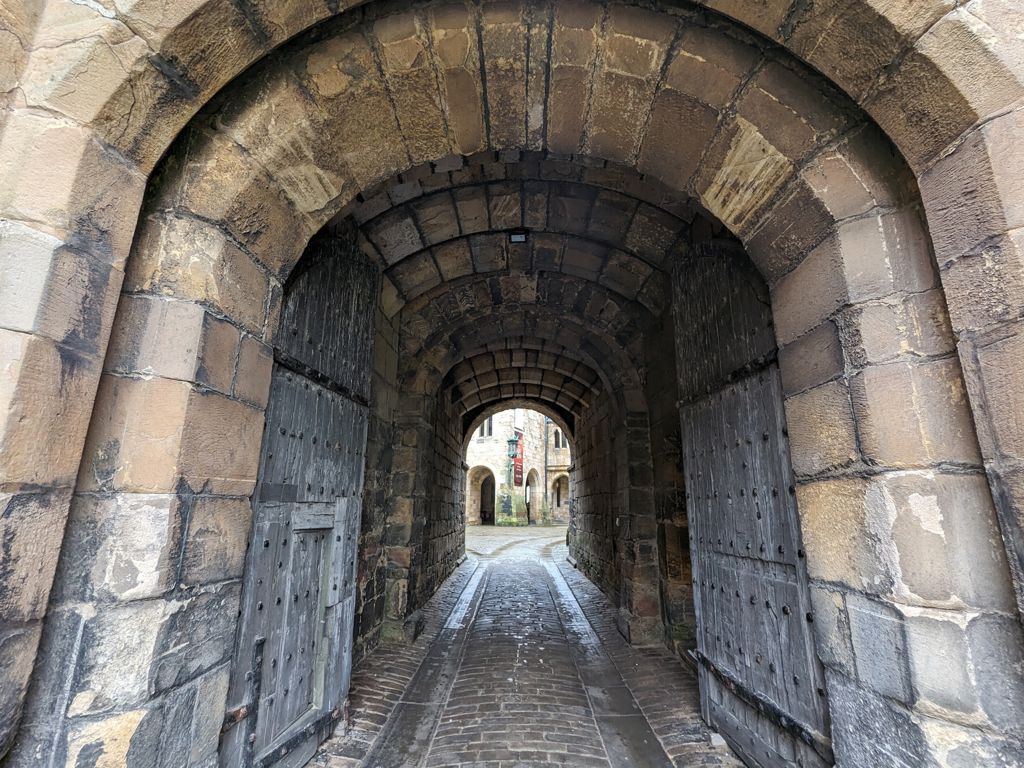
Rebellion
During the reign of King John, the owner of Alnwick Castle, Eustace de Vescy was one of 25 barons who drafted the Magna Carta. Faced with the intolerable rule of the king, de Vescy rebelled and formed an alliance with Alexander II of Scotland. In response, King John issued a threat to demolish Alnwick, though this warning was never carried out.
In 1215, Eustace de Vescy and Alexander II besieged Barnard Castle, which belonged to King John's supporter, Hugh de Baliol. The battle resulted in the death of Eustace apparently being struck by an arrow to the head.
Percy Family
The last legitimate heir of the de Vescy family died in 1297 and Alnwick castle was granted to Antony Bek, the Bishop of Durham. Antony didn’t keep it for long, selling it in 1309 to the head of the powerful Percy family, Henry Percy, 1st Baron Percy. Henry was a close ally of King Edward I and had a good record in battle against the Scottish, so was put in charge of overseeing the Anglo-Scottish border.
Henry and his son 2nd Baron Percy, also called Henry, went on to make modifications to Alnwick, fortifying it with additional towers along the curtain wall which included the Abbot’s Tower. The middle gateway was built and two massive octagonal towers were added to the keep’s gatehouse.
By the 1400s a barbican had been built, with the exact date being unknown. It was designed to better protect the gatehouse and walls and played a significant role in the castles’ defensive capabilities.
To this date Alnwick is still in the possession of the Percy family.
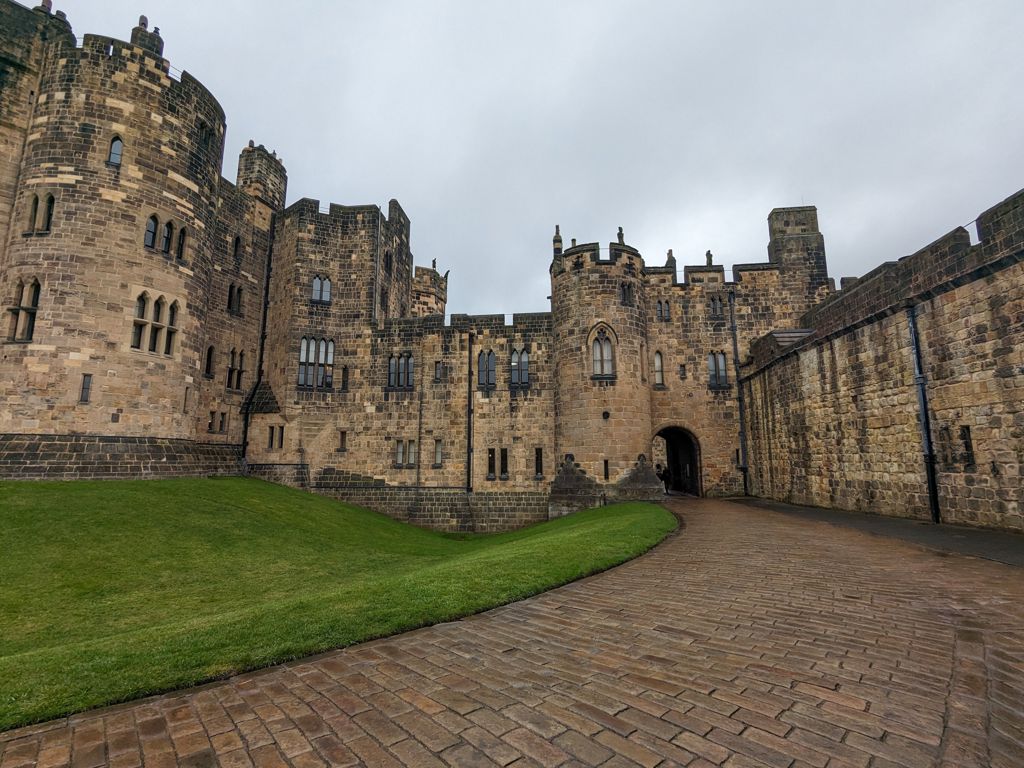
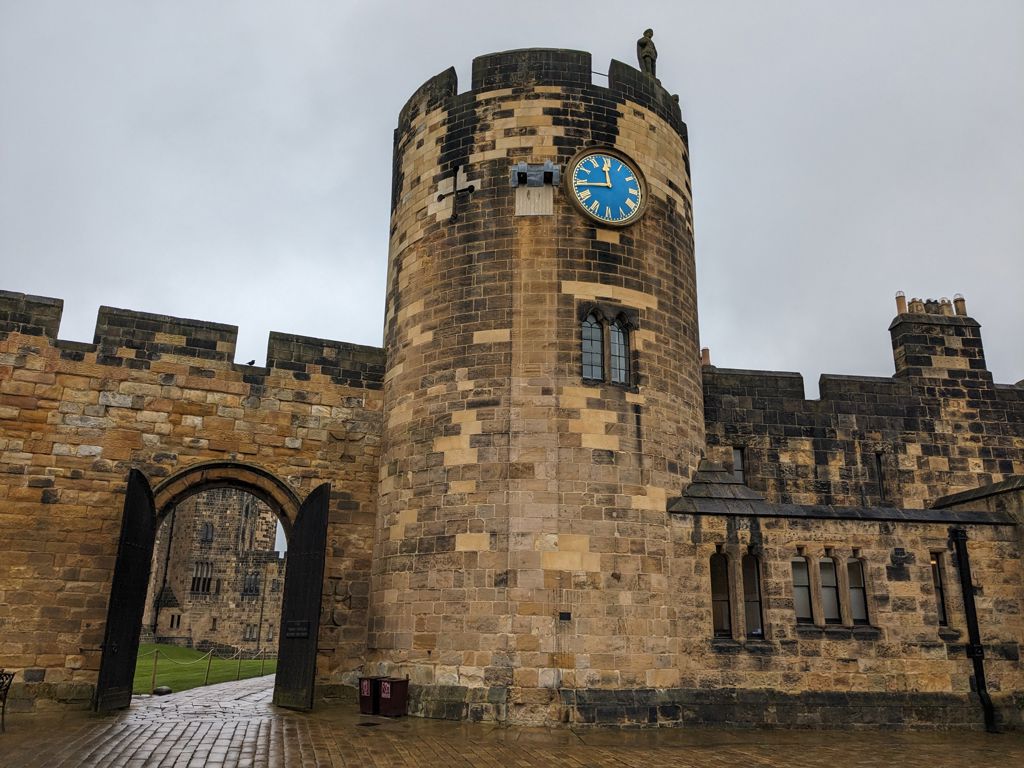
The Wars of the Roses
In the turbulence of the Wars of the Roses, Alnwick Castle underwent numerous changes in ownership. By late 1462, it was besieged by the Yorkist forces. The castle's defence primarily consisted of a group of French gunners, who successfully fled through the Postern Tower to join a supporting Lancastrian contingent when it looked certain that the castle would be captured. Prior to them leaving, they emptied their cannonballs into the castle well.
Later History
Through the 16th century, Alnwick Castle became increasingly unused and by the 17th century it had fallen into a state of disrepair due to a combination of neglect from the Percy family as well as damage sustained during the English Civil War.
In the 18th century the Percy’s carried out numerous alterations to the castle, transforming it into more of a gothic style. This work was mostly undone though in the 19th century as Algernon Percy, the 4th Duke of Northumberland, employed the architect Anthony Salvin to restore the castle to its authentic and mediaeval roots.
Today the current Duke of Northumberland and his family live in a portion of the castle. Alnwick is the 2nd largest castle that is still inhabited, the 1st being Windsor Castle. The grade 1 listed building is open to the public through the summer months and attracts many thousands of visitors each year.
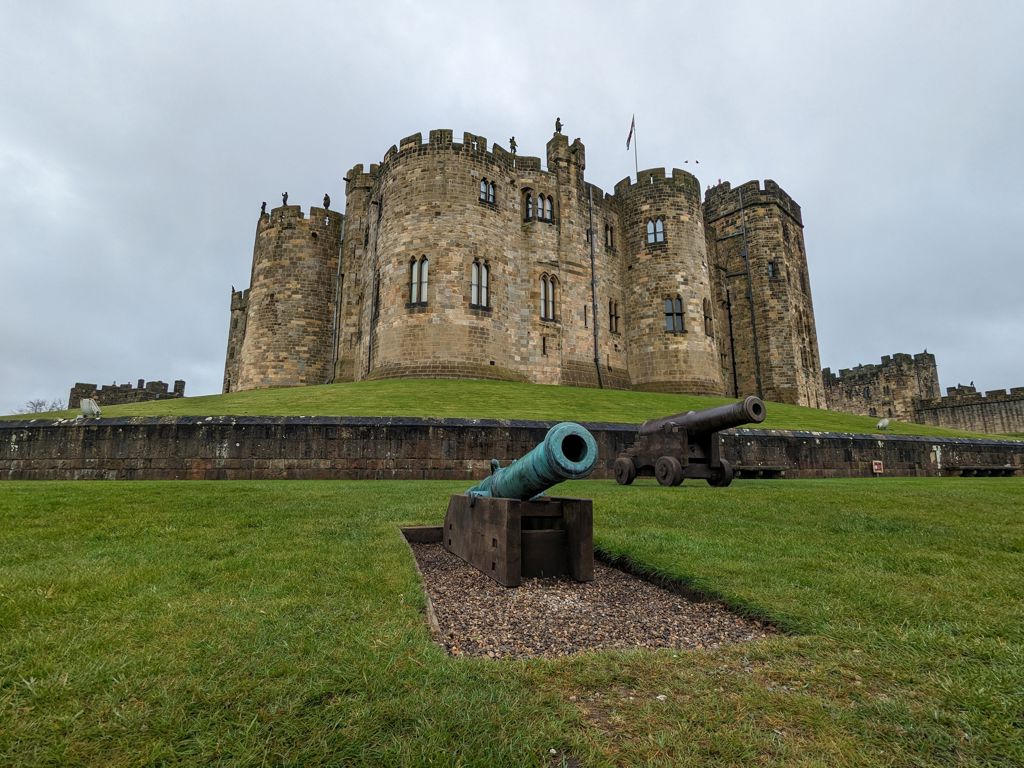
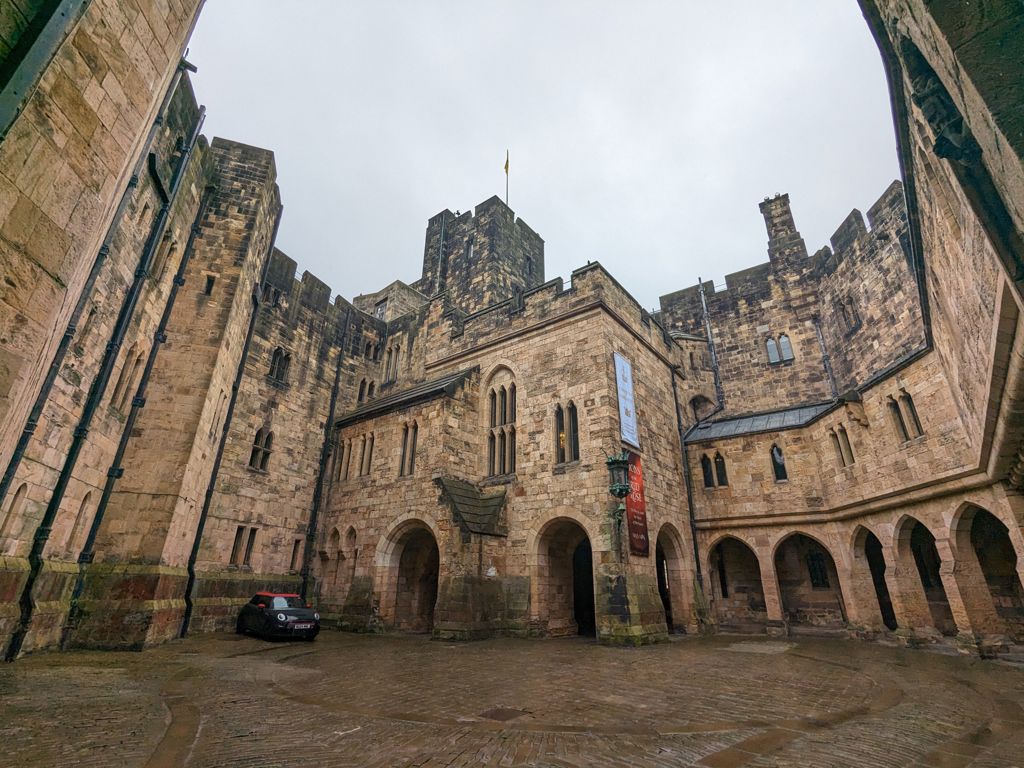
Alnwick Garden
Next to the castle, the formal gardens were first laid down by the 1st Duke of Northumberland, Hugh Percy in 1750. Hugh employed Lancelot ‘Capability ‘Brown, an English gardener and landscape architect highly regarded even to this day, to design it. It is believed that Brown was responsible for more than 170 gardens in Britain including those at Blenheim Palace and Warwick Castle.
At the end of the 20th century, after the gardens had been left neglected for many years, a large redevelopment was started with the first phase opening in 2021.
In 2005 the Poison Garden was opened which unsurprisingly features poisonous and intoxicating plants. The aim was to come up with something completely different to other gardens and has become one of the big attractions for visitors.
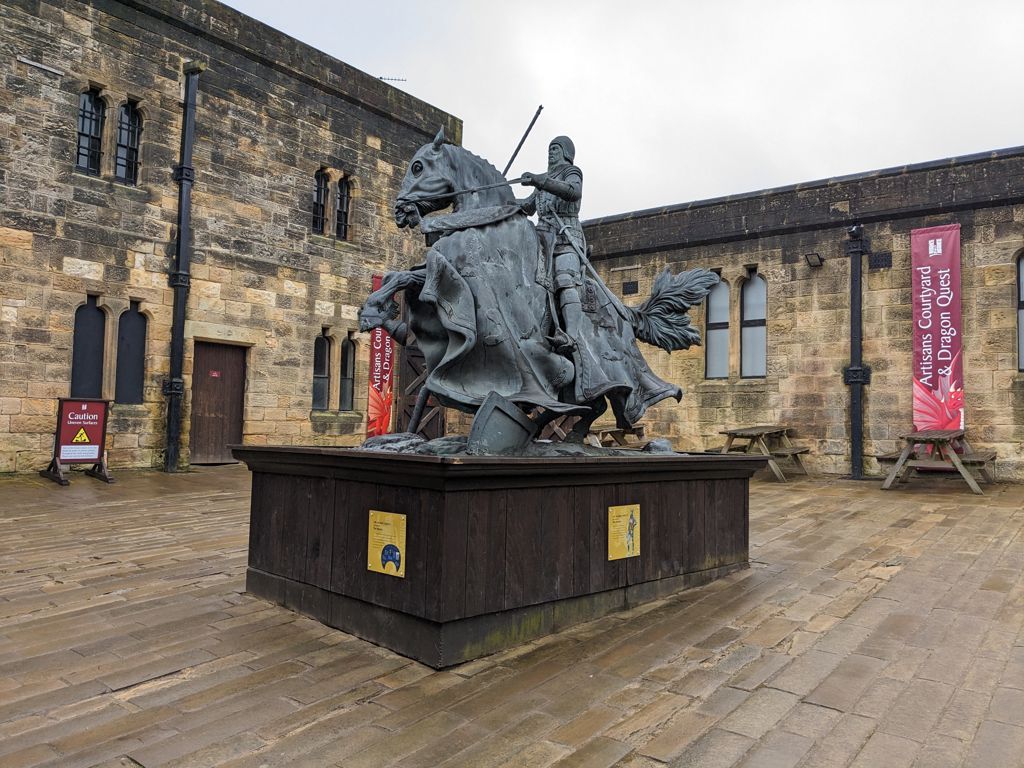
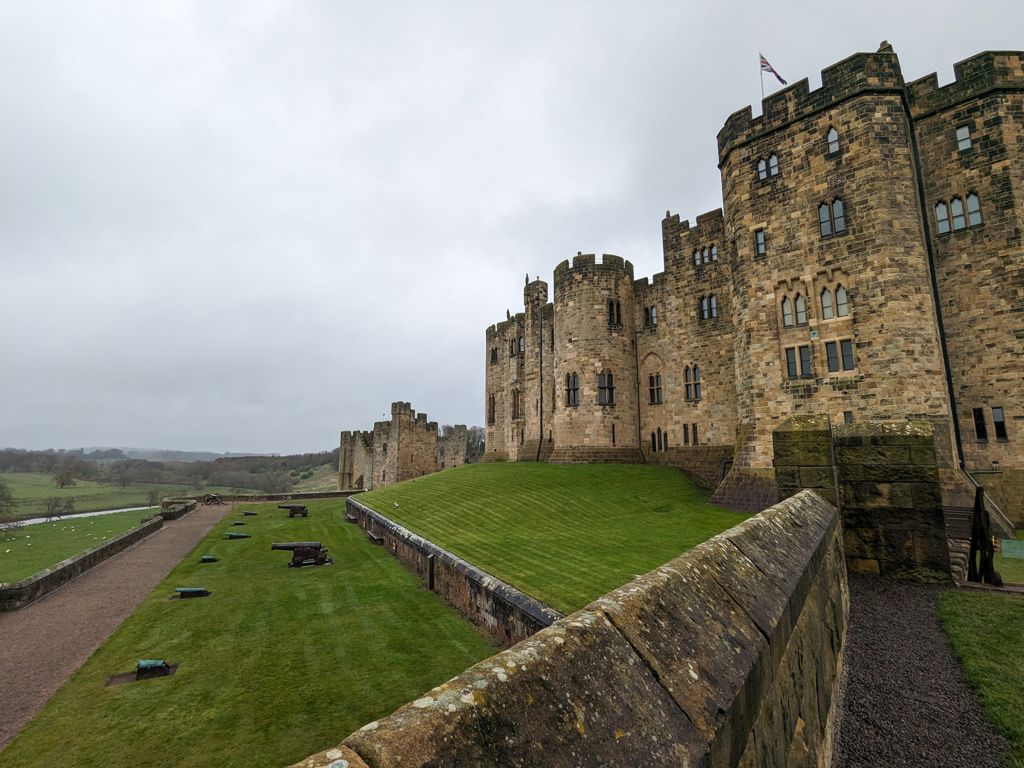
On Screen
Alnwick Castle has certainly had its fair share of screen time over the years. Picking out just a few from quite a long list of films and TV shows, Alnwick has been used as a location for Blackadder, Star Trek: The Next Generation, Downton Abbey, and most famously the two first instalments of the Harry Potter films.
